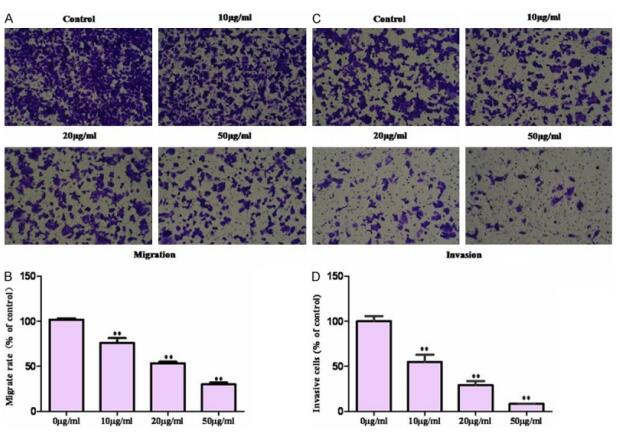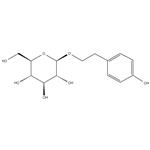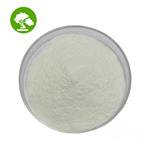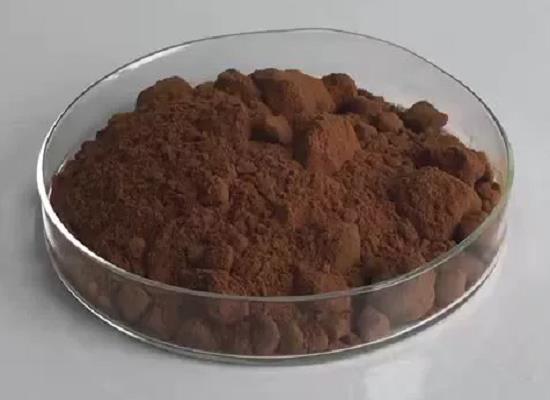Biological activity of Salidroside
Salidroside is a natural antioxidant extracted from medicinal food plant Rhodiola rosea and it is a prolyl endopeptidase inhibitor, which has cardioprotective, antidiabetic, antidepressant, anxiolytic, anti-tumor and antioxidant actions. Salidroside alleviates cachexia symptoms in mouse models of cancer cachexia via activating mTOR (mammalian target of rapamycin) signaling [1]. It can alleviate the pulmonary symptoms of paraquat-induced acute lung injury by repressing inflammatory cell infiltration and the expression of TGF-β1(transforming growth factor beta 1) resulting in delayed lung fibrosis; and it has a protective effect against hypoxia-induced cardiomyocytes necrosis and apoptosis by increasing HIF-1α (hypoxia-inducible factor-alpha) expression and subsequently up-regulating VEGF (vascular endothelial growth factor) levels. Salidroside alleviates cachexia symptoms in mouse models of cancer cachexia via activating mTOR signalling. Salidroside may be a potential therapeutic agent for treating or preventing neurodegenerative diseases implicated with oxidative stress since it protects dopaminergic neurons by enhancing PINK1/Parkin-mediated mitophagy [2].

Scheme 1 Salidroside inhibited the migration and invasion of SW1116 cells in vitro. A, B. The migration of SW1116 cells was quantified by measuring transwell. The migration cells were effectively reduced in salidroside treated groups. C, D. The invasion of SW1116 cells was measured by Matrigel-coated transwell inserts. Photographs indicate the invaded cells by microscope after different concentrations salidroside treatment.
Salidroside is considered to have anti-tumor properties, so scientists investigate its effects on colon carcinoma SW1116 cells [3]. Salidroside is considered to have anti-tumor properties. Cell viability was assessed by CCK-8 (Cell Counting Kit 8). Propidium iodide (PI) staining was used to determine the cell cycle by flow cytometry. The migration and invasion were detected by Transwell. Western blot was used to detect the expression of STAT3 (activator of transcription 3) signal related proteins. As the result (scheme 1), high concentrations of salidroside (10, 20. 50 μg/ml) significantly inhibited proliferation of SW1116 cells in a parallelly, cell cycle arrest was increased at the G0/G1 phase after salidroside treatment. Furthermore, salidroside inhibited migration and invasion of SW1116 cells. Salidroside treatment decreased protein expression of phosphorylation levels in JAK2 (Janus Kinase 2)/STAT3 signaling, while MMP-2 (matrix metalloproteinase) and MMP-9 protein levels were decreased and protein expression of VEGF and VEGFR-2 were down-regulated. In Conclusion, salidroside inhibited proliferation, decreased the migration and invasion of SW1116 cells in JAK2/STAT3-dependent pathway, the specific mechanisms need further study.
References
[1] http://www.chemfaces.com/natural/Salidroside-CFN99177.html
[2] https://www.medchemexpress.com/Salidroside.html
[3] Sun KX1, Xia HW1, Xia RL1., Anticancer effect of salidroside on colon cancer through inhibiting JAK2/STAT3 signaling pathway, Int J Clin Exp Pathol. 2015 Jan 1;8(1):615-621.
);You may like
Related articles And Qustion
See also
Lastest Price from Salidroside manufacturers

US $0.00-0.00/kg2024-04-16
- CAS:
- Min. Order:
- 0.1kg
- Purity:
- 98%
- Supply Ability:
- 20ton

US $0.00/kg2024-04-12
- CAS:
- 10338-51-9
- Min. Order:
- 1kg
- Purity:
- 99%
- Supply Ability:
- 2000ton


